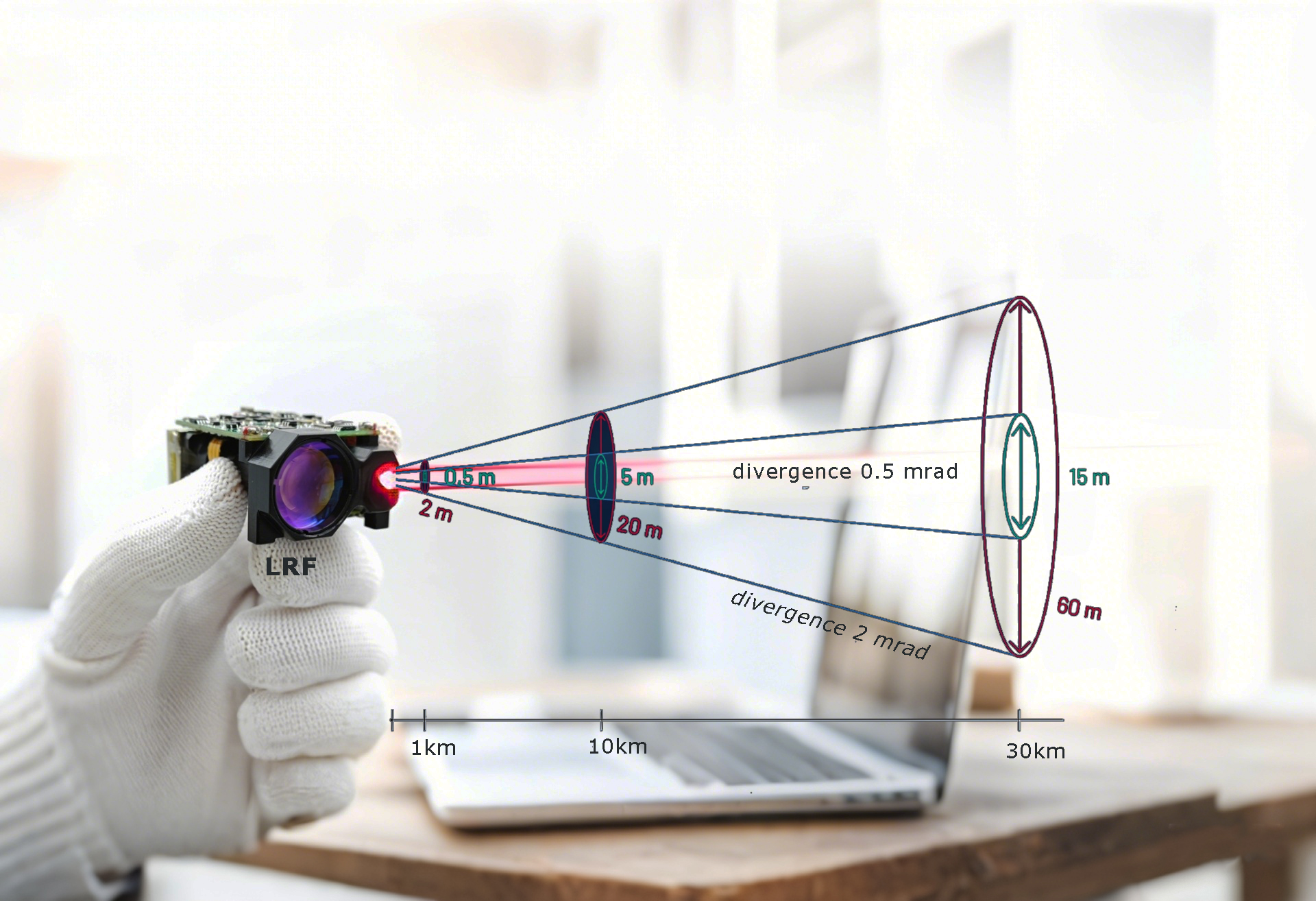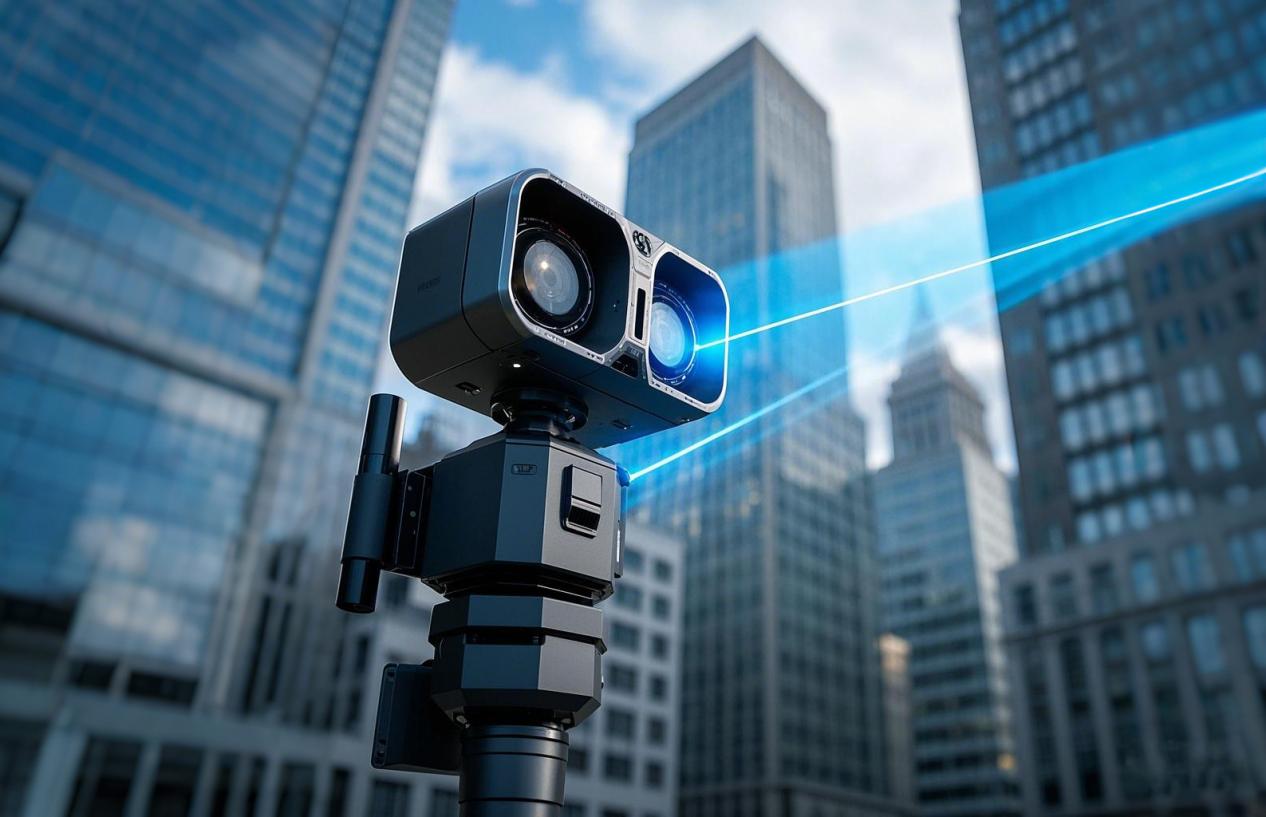
Call Me
+86-29-8450-3191
Email
sunny@eyoungtec.com
Laser beam divergence refers to the gradual spreading of a laser beam’s diameter as it travels away from the source. Unlike a perfectly parallel ideal beam, real-world lasers diverge due to diffraction and imperfections in optical components. This divergence is quantified in milliradians (mrad) – a unit describing the angular spread over distance. For example, a 1 mrad divergence means the beam widens by ~1 meter per kilometer traveled.
In laser rangefinders, divergence directly determines how much energy is concentrated on a target. A narrower beam retains higher energy density over long distances, enabling reliable detection, while a wider beam may scatter energy, reducing signal-to-noise ratio. Divergence is a trade-off: too narrow, and alignment becomes critical; too wide, and range/accuracy suffer.

The effective range of a laser rangefinder such as a construction range finder depends on its ability to reflect sufficient light back to the receiver. Beam divergence causes the laser’s energy to spread over a larger area (spot size), following the inverse-square law:
![]()
For instance, a rangefinder with 0.5 mrad divergence can maintain usable energy density up to 2 km, whereas a 3 mrad beam might only reach 300 meters. This is important for devices like a 3km rangefinder .
Military-grade rangefinder (0.1 mrad): Detects vehicles at 10 km with a spot size of 1 m.
Golf rangefinder (1.5 mrad): Optimized for 400-meter ranges, prioritizing alignment ease over extreme distance.
As divergence increases, the laser spot grows larger, potentially engulfing small targets (e.g., a fence post) or reflecting off multiple surfaces (e.g., tree branches). This can confuse the rangefinder’s timing algorithm, leading to ±1–5 meter errors in long-range scenarios. The design of the lrf module affects this.
Narrow-divergence beams (e.g., 0.3 mrad) require precise aiming, as even a slight tilt can miss the target entirely. Conversely, wider beams (e.g., 2 mrad) tolerate shaky hands but sacrifice resolution. For example, a hunting rangefinder targeting a deer at 500 meters might misread by 0.5 meters with 0.5 mrad divergence but by 5 meters with 5 mrad. This is a key consideration for any industrial laser rangefinder.

In forestry or construction, narrow beams ensure precise distance readings to distant landmarks (e.g., 5 km mountain peaks), minimizing errors in topographic maps. Using a 1535 laser rangefinder module can be ideal for these applications.
Golf rangefinders prioritize ease of use: a 1.5 mrad beam covers the entire flag (0.5 m wide) at 200 meters, eliminating need for tripods.
Warehouse robots use wider beams to detect pallets or walls within 50 meters, trading precision for robustness against misalignment. Companies often customize these systems with laser rangefinder oem module solutions.
From the golf course to the battlefield, laser beam divergence silently dictates the boundaries of what a rangefinder can achieve. By mastering this parameter, engineers unlock new possibilities – and users gain the power to measure their world with unprecedented confidence.